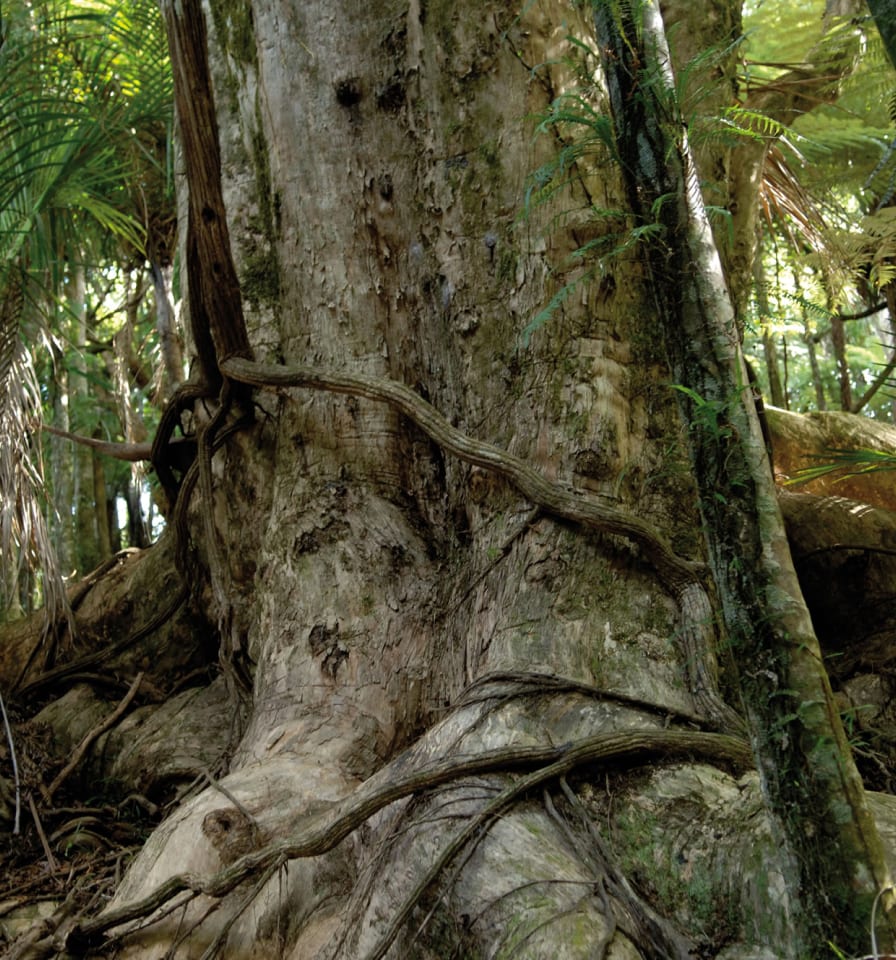Pine trees, reared in commercial monocultures, tell a different story. Their root systems, characterised by their long and narrow taproot of a compact nature, promote rapid growth and ease of cultivation, however, come with significant trade-offs. These pine-dominated landscapes are ecological deserts, providing none of the seeds, fruits, and flowers needed by indigenous species. Moreover, less carbon is absorbed in the soil compared to that of a biodiverse forest, primarily due to differences in the root systems and decomposition rates of organic matter.
The inherent shallowness of pine roots makes them vulnerable to wind, flooding, and disease, while their root systems struggle to combat soil erosion and lag in their ability to foster soil vitality and biodiversity, a stark contrast to their native counterparts. This ecological imbalance reverberates throughout local ecosystems.


.png)
